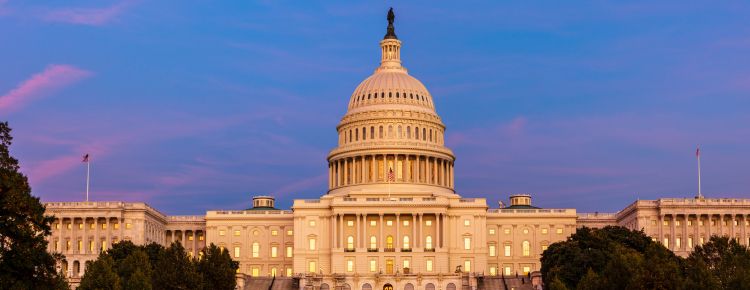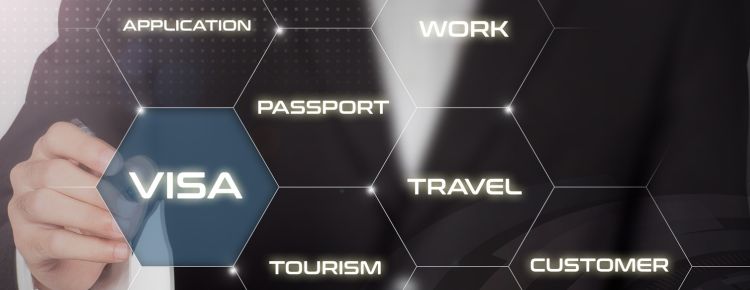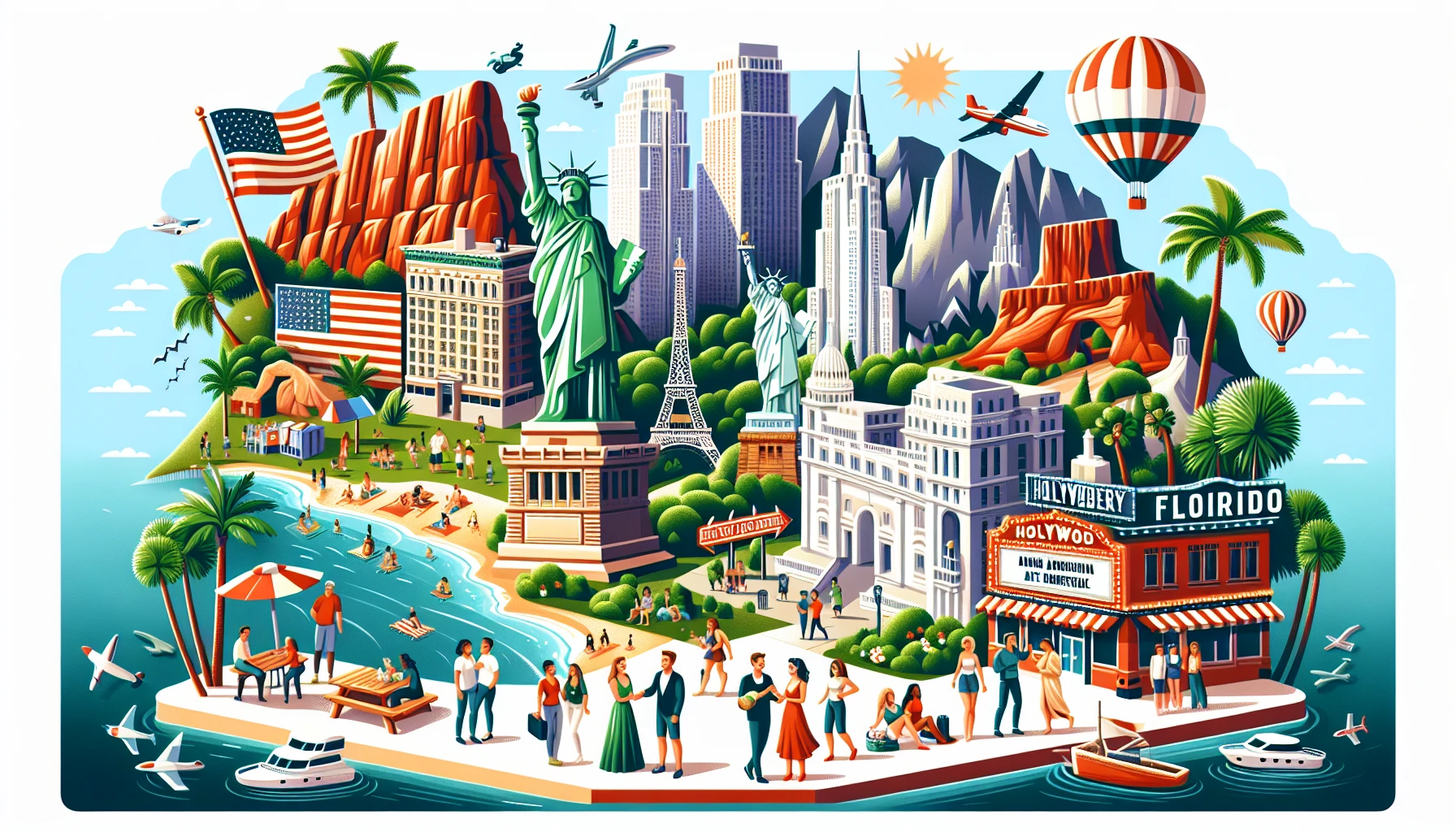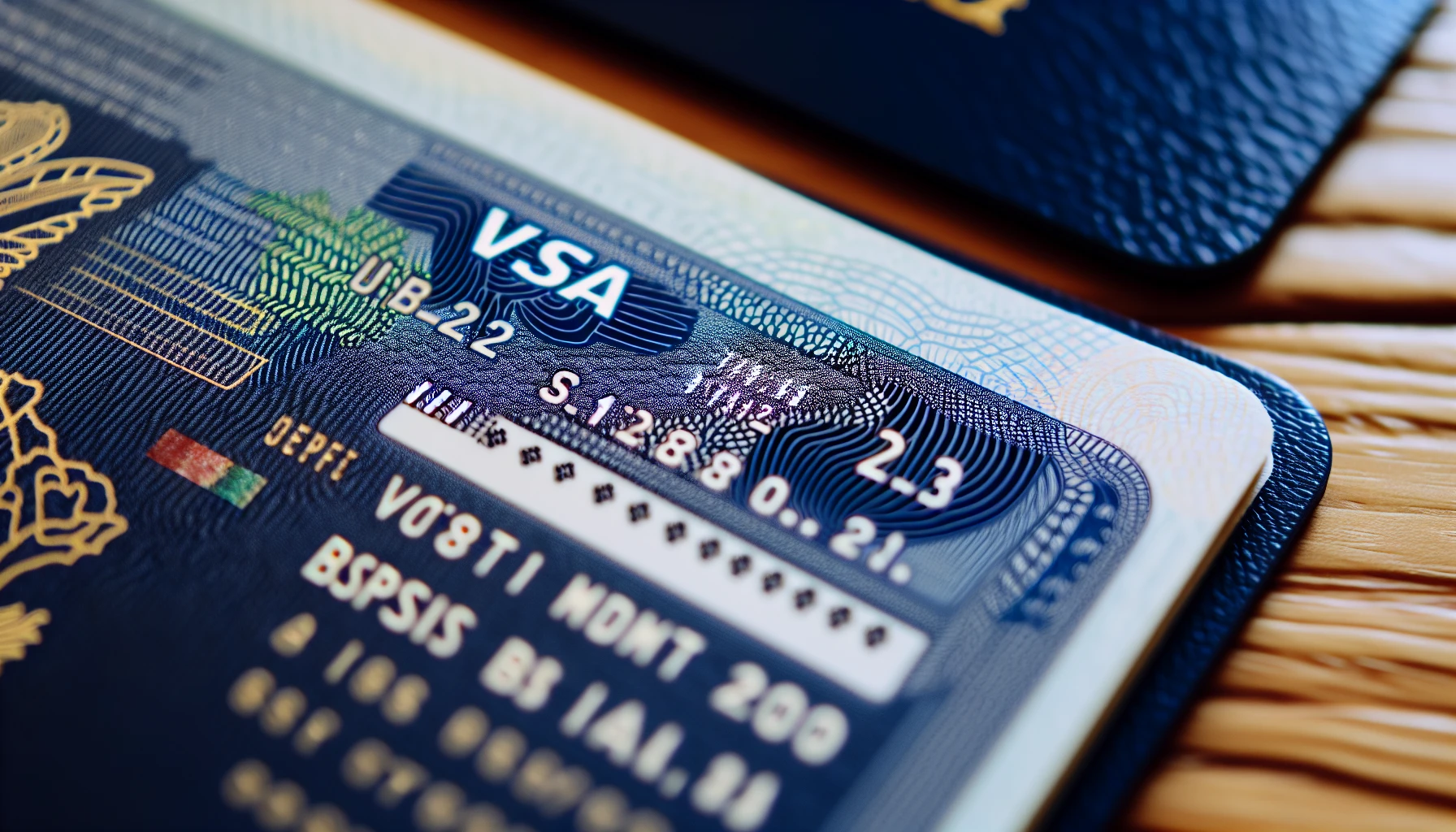Navigating the complex world of types of visas to US can be overwhelming, especially when your future depends on it. With various visa categories and requirements, it’s crucial to understand the options available to make the right choice for your unique situation. In this comprehensive guide, we’ll break down the types of visas available, their purposes, and the application process, ensuring you have the knowledge to embark on your American journey with confidence.
Key Takeaways
- The US visa system offers two categories of visas (immigrant and nonimmigrant) for a variety of purposes, with admission determined by the Department of Homeland Security.
- Immigrant visas provide permanent residency while Nonimmigrant Visas are temporary, including work, study or tourist options.
- The application process varies depending on category and involves labor certification, fees & interviews. Understanding rights & responsibilities is key to success in the US.
Overview Of US Visas

The US visa system caters to a variety of visitors, such as students, workers, and tourists. For a better comprehension of your options, be aware that US visas fall into two main categories: immigrant visas and nonimmigrant visas. Immigrant visas lead to permanent residency in the United States, while nonimmigrant visas permit temporary entry for specific purposes like work, study, or tourism.
While both immigrant and nonimmigrant visas grant permission to enter the US, the final decision on admission lies in the hands of the Department of Homeland Security (DHS) and U.S. Customs and Border Protection (CBP) personnel at the port-of-entry. Next, we will examine these two visa categories and the different types of visas within each.
Immigrant Visas
An immigrant visa grants foreign nationals the right to live and work in the United States indefinitely as a lawful permanent resident. These visas typically require a job offer from a US employer or fall under specific categories like family sponsorship or investment. Immigration services play a crucial role in assisting applicants throughout this process.
Immediate family members of immigrant visa holders can also apply for the same visa category through citizenship and immigration services, and join their loved ones in the US.
Nonimmigrant Visas
Nonimmigrant visas, on the other hand, are temporary in nature and allow foreign nationals to enter the US for specific purposes, such as work, study, or tourism, with a limited duration of stay. These visas are granted for a variety of travel reasons and do not lead to permanent residence.
The conditions and requirements for obtaining a nonimmigrant visa vary depending on the visa category and the applicant’s circumstances.
Immigrant Employment-Based Visas
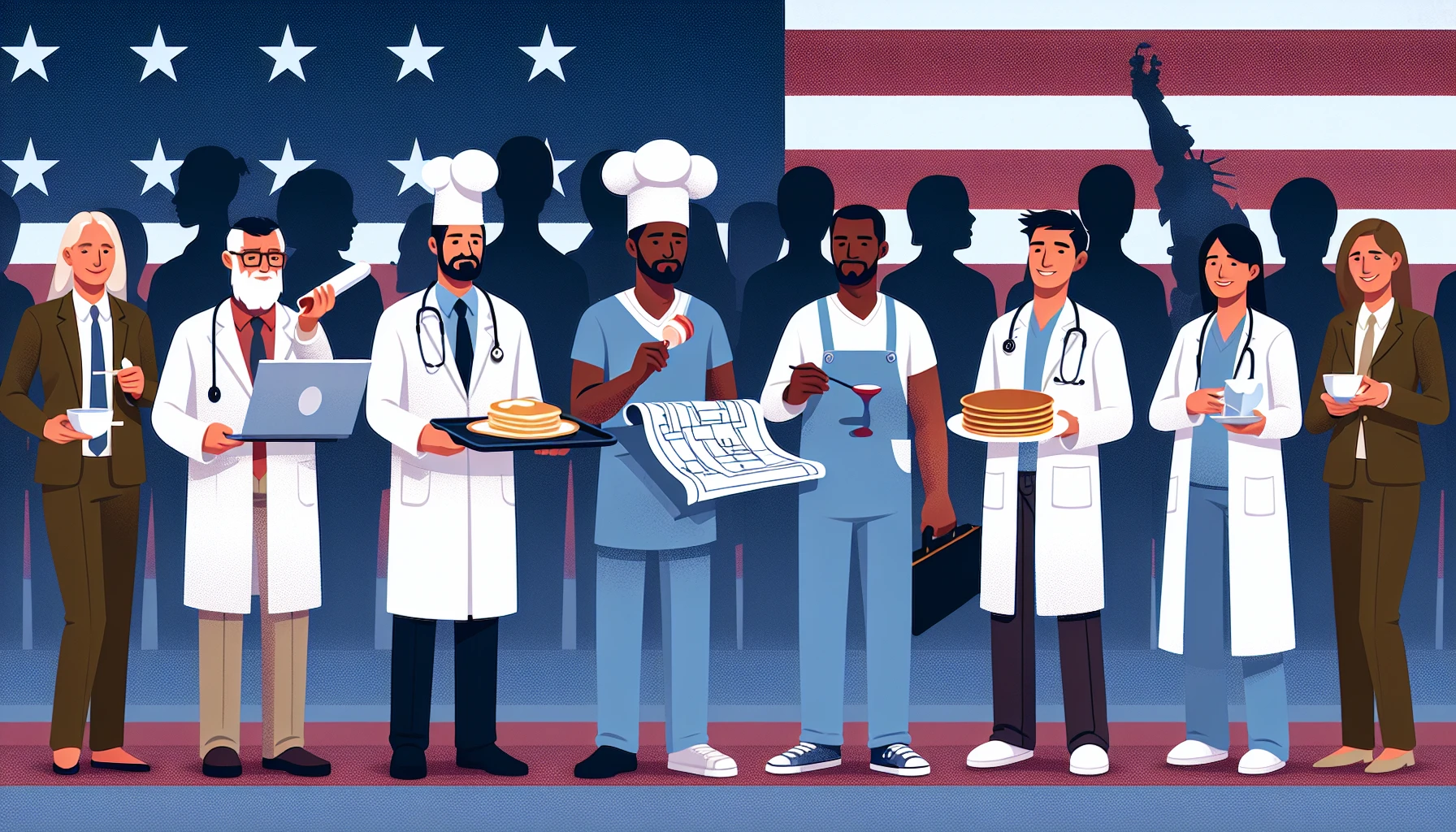
For those seeking permanent employment in the US, there are five categories of employment visas, known as immigrant visas or employment-based visas (EB visas). These visas cater to a diverse range of professionals, from extraordinary talents to skilled workers, and require specific eligibility criteria to be met. The application process for these visas generally involves stages such as labor certification, immigration petition, and adjustment of status.
Keep in mind that the waiting period for each visa category can differ greatly, with waits of over fifteen years in some countries. Hence, comprehending the various EB visa categories and their prerequisites can assist in determining the ideal path for your permanent residency journey in the US.
EB-1: Extraordinary Ability And Priority Workers
The EB-1 visa is designed for individuals with extraordinary abilities, outstanding professors or researchers, and multinational executives or managers. The EB-1 visa category is highly prestigious and is divided into three subcategories. These are: EB-1A for persons of extraordinary ability, EB-1B for outstanding professors and researchers, and EB-1C for multinational executives and managers. The annual quota for EB-1 visas is 40,000, making it a highly sought-after option.
One of the advantages of the EB-1 visa is that it does not require labor certification, simplifying the application process. Family members of EB-1 visa holders are also eligible to apply for admission to the US.
EB-2: Advanced Degree Professionals
The EB-2 visa is reserved for professionals holding advanced degrees or individuals with exceptional ability in their field. To qualify for this visa, applicants must have a job offer in the US that requires an advanced degree or demonstrate exceptional ability in their field of expertise. In most cases, labor certification is required for the EB-2 visa, except for those who qualify for a National Interest Waiver.
A National Interest Waiver can exempt applicants from the labor certification requirement if their employment is deemed to be of significant benefit to the United States. This waiver, which serves as an employment authorization document, can be a valuable option for those with exceptional abilities seeking a more streamlined application process.
EB-3: Skilled, Unskilled, And Professional Workers
The EB-3 visa is intended for skilled workers, professionals, and unskilled workers with a US job offer. Applicants must have a bachelor’s degree or equivalent, and skilled or unskilled laborers must have a non-temporary job offer from a US employer. Family members of EB-3 visa holders are also eligible to apply for admission to the US.
To obtain an EB-3 visa, applicants must undergo the Permanent Labor Certification Program. This program ensures that there are insufficient qualified US workers available for the position and that the foreign worker’s employment will not adversely affect the wages and working conditions of similarly employed US workers.
EB-4: Special Immigrants
The EB-4 visa is a specialized category for a range of individuals. This includes:
- Religious workers
- Employees of US foreign service posts
- Retired employees of international organizations
- Noncitizen minors who are wards of courts in the United States
The eligibility criteria for the various categories within the EB-4 visa can be found on the USCIS website.
For example, religious workers applying for an EB-4 visa must meet specific requirements provided by the USCIS. Foreign service employees can apply for an EB-4 visa by having their employer submit a Form I-360, Petition for Amerasian, Widow(er), or Special Immigrant, and receiving approval from the US government prior to sponsoring the foreign worker under the Special Immigrants Visa category.
EB-5: Investors
The EB-5 visa is designed for foreign investors who create jobs and contribute to the US economy. To qualify for this visa, applicants must invest a minimum of $1.8 million or $800,000 in a Targeted Employment Area, and create at least 10 full-time positions for US workers.
This visa category can be an attractive option for those looking to make a significant financial contribution to the US while obtaining permanent residency.
Nonimmigrant Work Visas

For those seeking temporary employment in the US, nonimmigrant work visas offer a range of options tailored to specific occupations and purposes. These visas grant permission to work in the US for a limited time and are subject to restrictions, such as the type of employment, specific employers, and duration of employment.
Next, we will cover the different types of nonimmigrant work visas, such as:
- H visas
- L visas
- O visas
- TN visas
We will also discuss their associated prerequisites to assist you in identifying the best fit for your temporary employment needs with a prospective employer.
H Visas: Temporary Workers
The H visa category encompasses temporary workers in various fields. There are different types of H visas, including:
- H-1B visa: This visa is intended for individuals working in specialty occupations that require a higher education degree or its equivalent.
- H-2A visa: This visa is for individuals seeking training in endeavors other than graduate medical school or training.
- H-2B visa: This visa is for individuals requiring special education.
These visas provide temporary work opportunities in the United States for individuals with specific skills and qualifications.
The H-1B visa is one of the most popular work visas in the US, with an annual cap on the number of visas issued. However, the application process can be complex, and many companies rely on the expertise of immigration law firms to navigate the intricacies successfully. It’s also important to note that H-1B visa holders are generally not allowed to transfer employers.
L Visas: Intracompany Transferees
The L visa category is designed for intracompany transferees, such as managers, executives, or employees with specialized knowledge. There are two subcategories within the L visa: the L-1A visa for managerial or executive capacity and the L-1B visa for those with specialized knowledge.
To apply for an L visa, the company must submit the necessary paperwork, including the Form DS-160, and pay the required fees. The initial period of stay for L visa holders is three years, with the possibility of extensions.
O Visas: Extraordinary Ability Or Achievement
The O visa category is reserved for individuals with extraordinary ability or achievement in the sciences, arts, education, business, or athletics. There are two subcategories within the O visa: the O-1A visa for individuals with extraordinary ability in their field, and the O-1B visa for those with a demonstrated record of extraordinary achievement in the motion picture or television industry.
The initial period of stay for O visa holders is up to three years, and family members of O visa holders are eligible to receive O visas as well. This visa category can be a valuable option for those with exceptional talents seeking temporary employment in the US.
TN Visas: NAFTA Professionals
The TN visa category is specifically for Canadian and Mexican professionals under the North American Free Trade Agreement (NAFTA). To qualify for a TN visa, applicants must have a bachelor’s degree or higher in their field and meet the specific requirements of their profession.
The initial duration of stay for TN professionals is three years, and the visa can be extended in three-year increments. This visa category provides a streamlined option for qualified professionals from Canada and Mexico to work temporarily in the US.
Student And Exchange Visitor Visas

For individuals looking to pursue studies in the United States, the F, M, and J visas cater to academic, vocational, and exchange students. These visas allow students to study at US institutions and engage in cultural exchange programs, enriching their educational experience and fostering global understanding.
Next, we will examine the varying types of student and exchange visitor visas, including their eligibility requirements and application procedures, to assist you in finding the right path to reach your educational goals in the US.
F Visas: Academic Students
The F visa is for academic students pursuing a full course of study at a US institution. To be eligible for an F visa, applicants must meet specific requirements, including:
- Being accepted by a Student and Exchange Visitor Program (SEVP)-approved school
- Possessing a valid Form I-20
- Demonstrating adequate financial resources.
Many US institutions accept F visa students, including renowned universities like Pace University, University of Texas at Arlington, and Boston University. This visa category provides a gateway for foreign students to access world-class education and broaden their horizons.
M Visas: Vocational Students
The M visa is designated for vocational students enrolled in non-academic programs at US institutions. To qualify for an M visa, applicants must possess a valid passport and provide evidence of admission into a vocational or nonacademic program.
This visa category offers a unique opportunity for students seeking to develop hands-on skills and expertise in their chosen field.
J Visas: Exchange Visitors
The J visa category is for exchange visitors participating in work and study-based programs promoting cultural exchange. To be eligible for a J visa, applicants must be sponsored by an authorized program sponsor and meet the specific eligibility criteria for their program.
The J visa program fosters international understanding by enabling participants to experience life in the United States while sharing their own culture and perspectives with American citizens. This enriching experience not only broadens the horizons of the individuals involved but also contributes to a more connected and diverse global community.
Temporary Business Visitor Visas
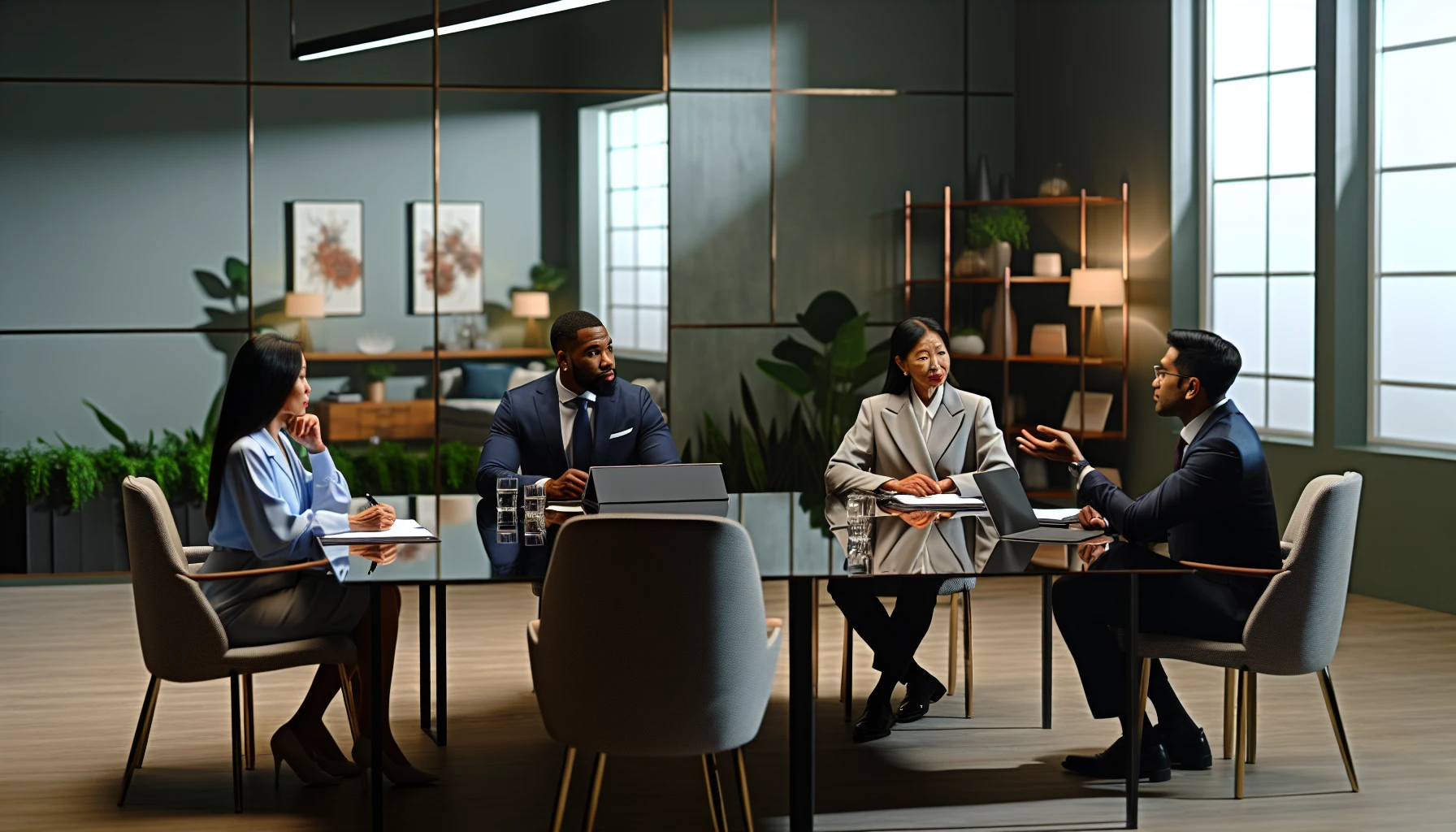
The B-1 visa is for individuals engaged in short-term business activities in the US, such as attending conferences, negotiating contracts, or consulting with business associates. To be eligible for a B-1 visa, applicants must meet specific requirements, such as having a residence outside the US that they do not intend to abandon, and having sufficient funds to cover their expenses while in the United States.
This visa category allows professionals to conduct business in the US without the need for long-term commitment.
B-1 Visas: Business Visitors
The B-1 visa is designed for business visitors engaged in temporary business activities in the US. Applicants must meet specific requirements, such as demonstrating a legitimate business purpose for their trip and having strong ties to their home country.
The maximum duration of stay for a B-1 visa holder is six months, with the possibility of extensions. This visa category offers a flexible option for professionals seeking to conduct business in the US on a temporary basis.
Application Process And Requirements
The application process and requirements for obtaining a US visa vary depending on the visa category and the applicant’s circumstances. In general, the process involves labor certification, a visa interview, and additional steps such as digital fingerprints and associated fees, including the visa issuance fee. Knowing the requirements and procedures for your specific visa type will help ensure a smooth application process and increase your chances of success.
In the upcoming sections, we’ll examine the labor certification process and the visa interview in depth, providing useful information on the steps and requirements for obtaining your US visa.
Labor Certification
Labor certification is the process of obtaining approval from the Department of Labor for certain work visas, ensuring that the employment of a foreign worker will not have an adverse impact on US workers. This process typically involves three steps: PERM Labor Certification, I-140 Immigrant Petition, and Adjustment of Status or Consular Processing.
Different visa categories may have specific requirements and criteria for labor certification. For example, the EB-2 visa generally requires labor certification, except for those who qualify for a National Interest Waiver. Understanding the labor certification requirements for your specific visa category will help you navigate the application process with ease.
Visa Interview And Approval
The visa interview is a significant step in the US visa application process. Applicants are required to attend a visa interview at a US embassy or consulate in their country of residence. During the interview, applicants are expected to:
- Provide honest information
- Answer questions about their reason for visiting the US
- Answer questions about their background
- Answer questions about their qualifications for the visa category they are applying for.
To prepare for the visa interview, applicants should arrive punctually, dressed appropriately, and with all required documents. Providing accurate information during the interview is essential, as any misrepresentation or inaccuracies may result in visa denial. By following these guidelines, you can increase your chances of a successful visa interview and approval.
Rights And Responsibilities Of Visa Holders
As a US visa holder, you possess certain legal rights, protections, and obligations. You have the right to a safe work environment and the freedom to travel within the US. However, you are also responsible for complying with US laws, paying taxes on time, and adhering to any specific requirements of your visa category.
Failing to abide by the terms of your US visa can result in serious consequences, including removal from the country, being barred from re-entry, and forfeiting your ability to maintain a lawful immigration status. By understanding and respecting your rights and responsibilities as a visa holder, you can help ensure a successful and fulfilling experience in the United States.
Summary
In conclusion, understanding the various types of US visas and their requirements is essential for making informed decisions about your journey to the United States. Whether you’re seeking permanent residency, temporary employment, or an opportunity to study or engage in cultural exchange, this comprehensive guide has provided you with the knowledge and insights necessary to navigate the complex world of US visas. With this information in hand, you’re one step closer to achieving your American dream.
Frequently Asked Questions
How many types of visas are there in the US?
There are two types of US visas, Nonimmigrant and Immigrant, both of which allow for travel to the US for temporary or permanent residence respectively.
What are the 4 most common types of visas?
The four most common types of visas are Tourist, Business, Work and Transit Visas.
How long is a B-2 visa good for?
A B-1 or B-2 visa has a validity of 10 years from its issuance, allowing the holder to stay in the United States for up to 180 days per entry. However, if the visitor wishes to stay for longer than 6 months, they may need to apply for an extension.
What is the easiest type of visa to get in the US?
Obtaining a “B” visitor visa is usually the most straightforward way to enter the United States for a temporary stay.
What is the difference between immigrant and nonimmigrant visas?
Immigrant visas provide a pathway to becoming a permanent resident in the US, whereas nonimmigrant visas allow only temporary entry for specified activities such as work, study, or tourism.
